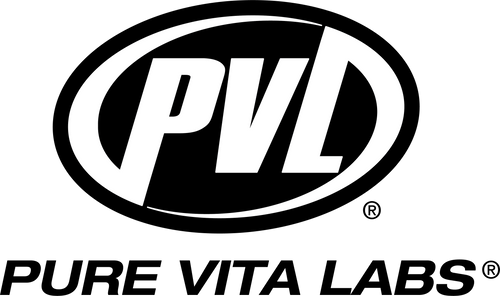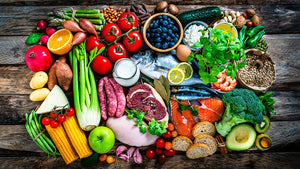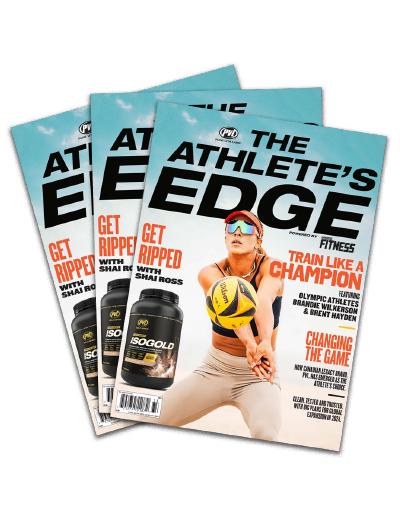If you consistently attend a gym, you want to improve your physique for the better, whether that means gaining muscle, losing body fat, or both. Diets are pivotal for any type of body recomposition, but exactly which diet is best for your goals will differ due to numerous factors. The only way to determine which foods and meal setups are best for you is through trial and error.
Here, PVL will go over the top three diets linked to effective body recomposition, giving you a complete overview of what each can provide and how to structure each.
Keto and Intermittent Fasting
Intermittent Fasting
For the intermittent fasting meal plan, you simply skip breakfast. Your “eating window” should be around eight hours or less on a given day. This gives your body time to do other important functions rather than digest 24/7. Plus, it allows you to use some of your fat stores for energy through ketosis, aiding fat loss.
Intermittent Fasting and Working Out
Intermittent fasting can come in various ways (alternate day, 16:8, 20:4, One Meal A Day, a.k.a. OMAD). How aggressively you fast should be dictated by your training routine and other lifestyle factors. Combining intermittent fasting and working out can get you exactly the body you want, so long as you have enough energy to train.
Intermittent Fasting Meal Plan
Here’s a simple way to start an intermittent fasting meal plan: Wake up and forego all calories before noon. You can eat all your meals from noon until 7-8 P.M. If you desire, stick to high-quality protein, vegetables, fruits, complex carbohydrates, and healthy fats. Once your brain and body get used to this eight-hour feeding window, try shortening it to six or even four hours.
Keto Diet
A ketogenic or keto diet expands upon what an intermittent fasting diet does: switch the body to primarily utilizing ketones as its primary energy source. While keto and intermittent fasting can work together, they don’t always have to be paired. In essence, a keto diet keeps the body in ketosis. This has you burning body fat as the primary fuel source, creating a physique you can be proud of. That also means carbohydrates have to be minimized.
Keto Diet Plan for Beginners and Proteins for Keto Diet
A keto diet plan for beginners looks like a ton of fat and protein with less than 50 grams of carbs daily. The types of fat are essential for general well-being; clean sources include coconut oil, olive oil, butter, ghee, and avocado oil. Animal fat is also okay in minimal amounts. Proteins for a keto diet are also vital for your health and strength, so choose the highest quality protein possible. Animal protein and organ meats are ideal, with soy products and other vegetable sources as good secondary options.
Free Keto Diet Plan
- Proteins: Eggs, poultry (chicken and turkey), red meat (beef, venison, bison), fatty fish (salmon, tilapia)
- Dairy: Yogurt, butter, full-fat cheese, cream
- Nuts/Nut Butter and Seeds
- Healthy Fat Oils: Olive, coconut, avocado, sesame
- Non-Starchy Vegetables: Leafy greens, broccoli, mushrooms, peppers
- Non-Caloric Condiments: Seasoning, vinegar, lemon juice, fresh herbs
Paleo Diet Meal Plan and Benefits
A paleo diet mimics the foods humans consumed during the Paleolithic Era. Also known as the caveman or Stone-Age diet, the trick is to choose low-glycemic foods like lean meats, fish, low-GI fruits and vegetables, nuts, and seeds. This paleo diet meal plan is as simple as a ketogenic diet. However, the difference is in biology regarding the paleo diet vs. the keto diet. Paleo diets are not supremely worried about staying in ketosis for fat-loss purposes. Instead, the paleo diet benefits your overall health biomarkers, specifically normalized blood glucose, insulin sensitivity, lower blood sugar, and better weight management.
Whether you use one of these diets or all three in a hybrid form, the overarching theme of these methods is to select whole, natural foods with minimal production behind them. It’s vital to give your body a break from digesting foods all the time. Pair these two facets, and you’ll lose fat and gain muscle quickly.
Article by Terry Ramos


